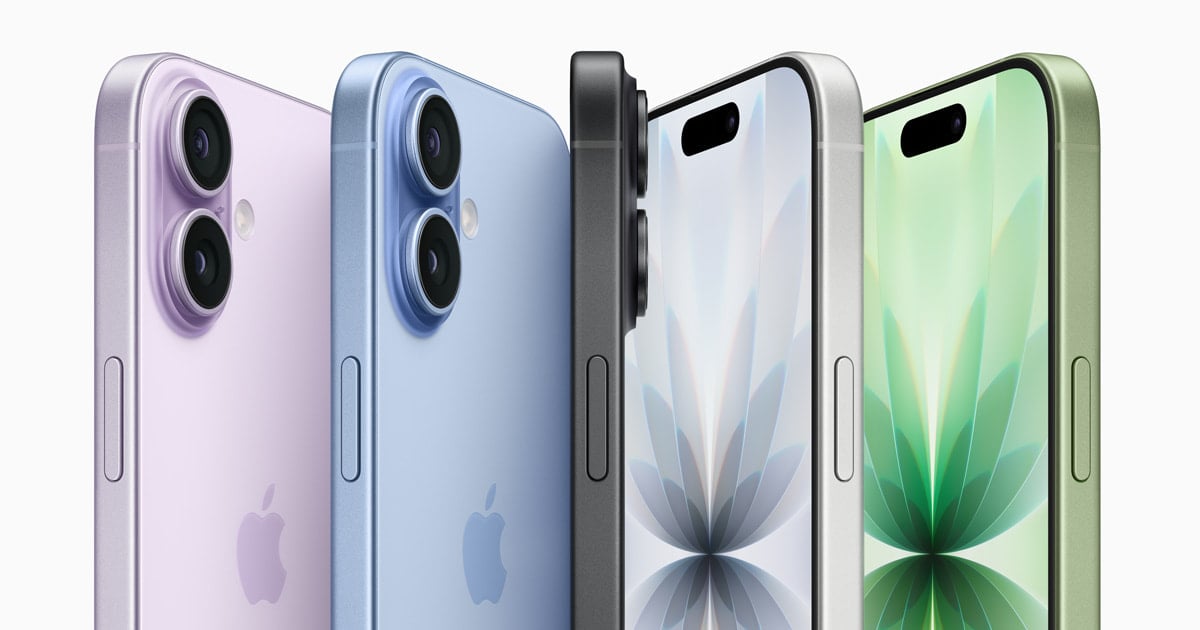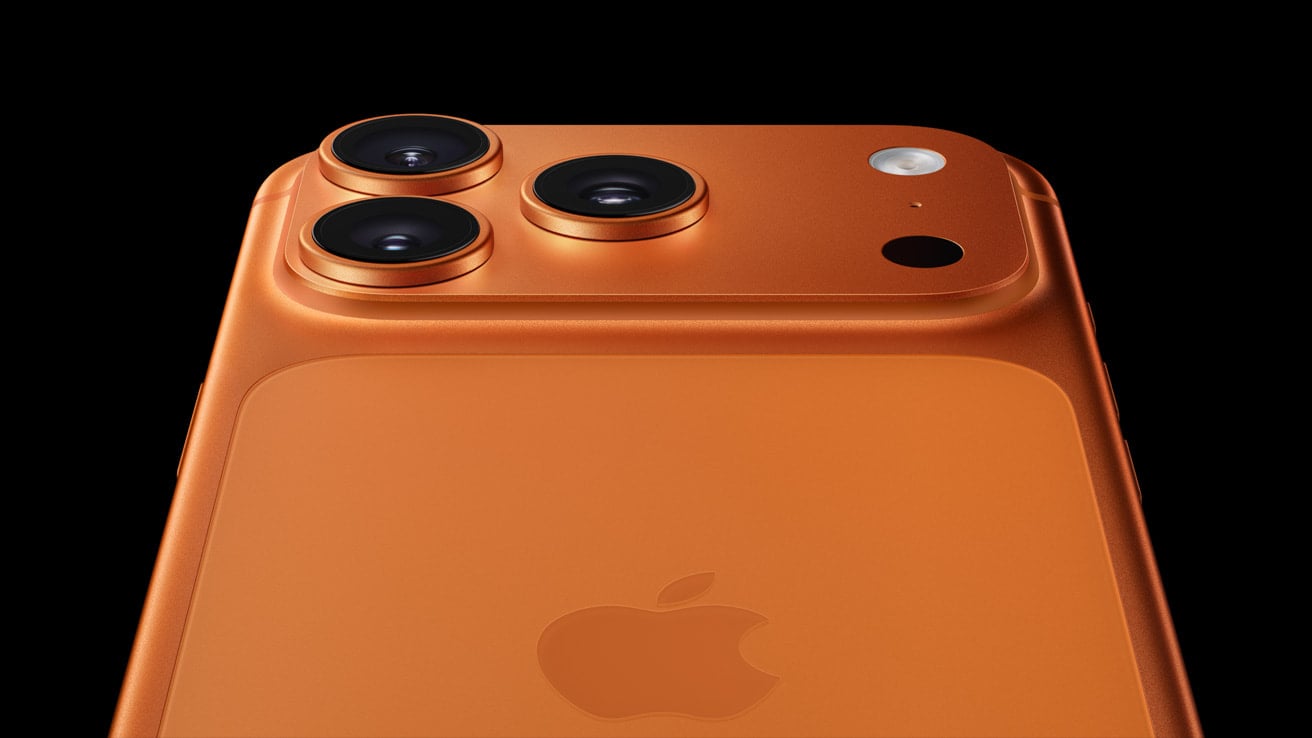Since the release of the first iPhone in 2007, the camera has been a focal point of innovation. Apple, the creator of the iPhone, has consistently pushed the boundaries of smartphone camera technology, transforming how we capture and share moments. The original 2-megapixel camera, a modest feature at its launch, set the stage for a series of advancements that would revolutionize mobile photography.
Each new iPhone release has brought significant enhancements in camera capabilities. From increasing megapixels for higher resolution photos to introducing additional lenses for versatile shooting options, Apple’s dedication to improving the iPhone camera is evident. The company has not only concentrated on hardware upgrades but also on the software behind the lens, using computational photography to process images in ways that mimic professional camera results.

The Evolution of the iPhone Camera (2007 – 2025)
From a simple 2‑megapixel sensor to professional‑grade multi‑lens systems, the iPhone camera has transformed mobile photography. Each generation has pushed the boundaries of image quality, computational photography, and video performance.
🕰️ 2007 – 2010: The Beginning of Mobile Photography
📱 iPhone (2007)
- 2 MP rear camera, no flash, no video.
- Revolutionary at launch but basic by today’s standards.
📱 iPhone 3G / 3GS (2008–2009)
- iPhone 3GS introduced video recording (480p) and auto‑focus — a major leap for mobile users.
📱 iPhone 4 (2010)
- 5 MP rear camera with LED flash.
- First front‑facing camera for FaceTime.
- 720p HD video recording.
📱 2011 – 2014: From Good to Great
📱 iPhone 4s (2011)
- 8 MP camera with improved optics and 1080p video.
- Introduced Siri, marking deeper software integration.
📱 iPhone 5 / 5s / 5c (2012–2013)
- iPhone 5 added panorama mode and better low‑light performance.
- iPhone 5s introduced True Tone flash and slow‑motion video (120 fps).
📱 iPhone 6 / 6 Plus (2014)
- Larger sensors, optical image stabilization (OIS) on the Plus model.
- 1080p at 60 fps and 240 fps slow‑mo.
📸 2015 – 2017: Dual Cameras and 4K Arrive
📱 iPhone 6s / 6s Plus (2015)
- 12 MP sensor, 4K video recording, and Live Photos.
📱 iPhone 7 Plus (2016)
- First dual‑camera system (wide + telephoto).
- Introduced Portrait Mode with depth‑of‑field effects.
📱 iPhone 8 / X (2017)
- Optical stabilization on both lenses (X model).
- Smart HDR and HEIF/HEVC formats for efficiency.
📱 2018 – 2020: Computational Photography Takes Over
📱 iPhone XS / XR (2018)
- Improved Smart HDR and depth control.
- A12 Bionic chip enabled advanced image processing.
📱 iPhone 11 Pro (2019)
- First triple‑camera system (ultra‑wide, wide, telephoto).
- Night Mode debuted, transforming low‑light photography.
📱 iPhone 12 Pro (2020)
- Added LiDAR Scanner for faster focus and AR.
- Apple ProRAW format introduced for pro editing.
🎥 2021 – 2023: Pro‑Level Video and Cinematic Features
📱 iPhone 13 Pro (2021)
- Cinematic Mode for rack‑focus video.
- Macro photography via ultra‑wide lens.
- Sensor‑shift stabilization on all models.
📱 iPhone 14 Pro (2022)
- 48 MP main sensor with pixel binning for detail and low‑light performance.
- Action Mode for smooth handheld video.
- Photonic Engine improved image pipeline.
📱 iPhone 15 Pro (2023)
- 5× telephoto zoom (on Pro Max).
- Titanium design and USB‑C for faster photo/video transfer.
- Enhanced ProRes and Log video recording.
🚀 2024 – 2025: AI and Fusion Imaging (iPhone 16 → 17)
📱 iPhone 16 Pro (2024)
- Introduced Camera Control button for instant capture and focus adjustment.
- Improved 48 MP ultra‑wide sensor and spatial video recording for Apple Vision Pro.
- Enhanced Apple Intelligence integration for smart scene recognition.
📱 iPhone 17 Series (2025)
(Sources: DIY Photography, The Mac Observer, TechRadar)
- Pro Fusion Camera System: Combines data from all lenses for near‑DSLR dynamic range.
- Center Stage 2.0: Improved subject tracking for video calls.
- 48 MP mode on all models, not just Pro.
- AI‑driven Scene Optimizer powered by Apple Intelligence for real‑time lighting and color correction.
- Improved 6× optical zoom on Pro Max.
- Enhanced low‑light performance with larger sensors and multi‑frame fusion.
🧠 The Role of Computational Photography
From the A11 chip onward, Apple leaned heavily on machine learning and neural processing to enhance photos.
Features like Smart HDR, Deep Fusion, and Photonic Engine analyze multiple exposures instantly to optimize contrast, sharpness, and color accuracy — making the iPhone camera as much about software as hardware.
🎬 The iPhone as a Professional Tool
By 2025, filmmakers and photographers regularly use iPhones for professional work, thanks to:
- ProRAW and ProRes formats.
- Log video for color grading.
- Spatial video for immersive content.
- AI‑powered editing directly in the Photos app.
📈 Summary: iPhone Camera Evolution Highlights
| Year | Model | Key Innovation |
|---|---|---|
| 2007 | iPhone | 2 MP camera |
| 2010 | iPhone 4 | Front camera & LED flash |
| 2014 | iPhone 6 Plus | Optical Image Stabilization |
| 2016 | iPhone 7 Plus | Dual‑lens system |
| 2019 | iPhone 11 Pro | Triple‑lens & Night Mode |
| 2022 | iPhone 14 Pro | 48 MP sensor |
| 2023 | iPhone 15 Pro Max | 5× optical zoom |
| 2025 | iPhone 17 Pro Max | Fusion Camera System & AI Scene Optimization |
📷 Final Thoughts
The iPhone camera’s journey from a simple 2 MP shooter to a multi‑lens, AI‑enhanced imaging system mirrors the evolution of mobile technology itself.
With the iPhone 17’s Fusion Camera and Apple Intelligence integration, Apple continues to blur the line between smartphone and professional camera — setting the stage for the next era of computational imaging.
Key Takeaways
- The iPhone camera has evolved significantly since 2007, reflecting Apple’s commitment to innovation.
- Hardware improvements include increased megapixel count and the addition of new lenses.
- Software advancements have greatly enhanced photo quality with computational photography techniques.
Innovation and Advancements in iPhone Camera Hardware
Apple’s consistent upgrades to the iPhone’s camera have greatly improved photography. Each new iPhone model brings hardware changes that elevate picture quality.
From the Original iPhone to iPhone 4S
The first iPhone in 2007 started with a simple 2-megapixel rear camera. It captured basic photos but lacked features found in today’s cameras. The iPhone 4 brought a significant leap with a 5-megapixel camera, LED flash, and HD video recording capabilities. It introduced a new level of clarity. Apple added an 8-megapixel sensor and 1080p video in the iPhone 4S. This model also featured improved aperture and color accuracy.
The Era of iPhone 5 to iPhone 6S Plus
In 2012, the iPhone 5 improved low-light performance with enhanced aperture settings. With the iPhone 6 and 6 Plus, Apple focused on size and resolution. Both included optical image stabilization for sharper images. The iPhone 6S and 6S Plus upped the game with a 12-megapixel camera. This was a notable improvement in detail and color accuracy for photos and videos.
Dual-Camera Systems and Beyond
The iPhone 7 Plus introduced a dual-camera system, combining a wide-angle lens and a telephoto lens. This allowed for optical zoom and a depth-of-field effect known as “Portrait Mode.” The iPhone X and XS models further polished this technology. Apple added advanced features like Smart HDR and improved the True Tone flash. The dual-camera system became a standard for detail and versatility in mobile photography.
Newer models like the iPhone 11 and beyond integrate even more innovations. These include wider apertures, lidar sensors for depth mapping, and sensor-shift optical image stabilization for steady shots. Each new generation builds on the last, improving photo and video quality significantly.
Enhancements in Camera Software and Computational Photography
In the evolution of the iPhone, software has played a key role, particularly in computational photography, which enhances both image quality and user experience.
The Rise of Computational Photography
Computational photography has redefined what smartphones can achieve. Starting with the iPhone 11 series, Apple introduced various features that use advanced algorithms and machine learning. The iPhone 11 Pro and Pro Max brought Night Mode which drastically improved low-light photos. Images appear brighter and clearer as the software optimizes for less noise. Smart HDR also became smarter, ensuring detailed shots even with challenging light conditions. By the time of iPhone 12 Pro and Pro Max, computational photography had matured with the addition of Cinematic Mode for video recording. It uses data to create a depth-of-field effect that allows subjects to stand out, much like in professional filmmaking.
Software Capabilities and User Experience
At this stage, iPhone software improvements significantly enhanced the camera experience. The rear cameras of the iPhone 13 series optimized image stabilization further. This means photos and videos are sharp even with shaky hands. Portrait Mode, present since the iPhone 11, saw improvements in depth control, giving the user ability to adjust blur around the subject. Optical zoom was enhanced in the iPhone 14 series, particularly with the Pro models, showcasing advanced zoom capabilities without degrading resolution. The front-facing camera also evolved, offering better image quality and stability during video calls and selfies. Each new iPhone release comes with incremental improvements in processing power and software, optimizing the camera’s performance for both professional photographers and casual users.







